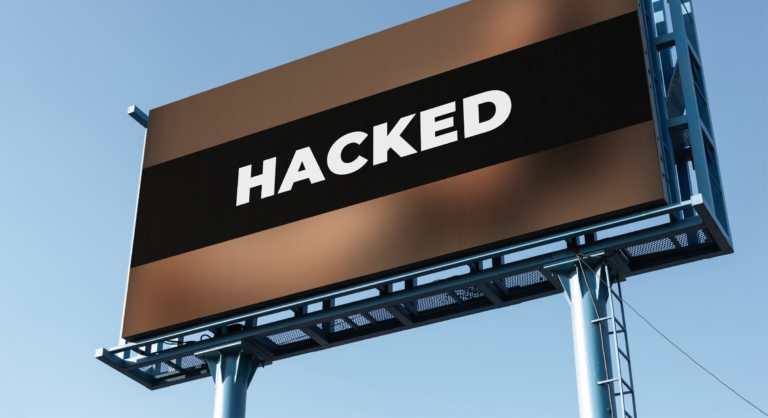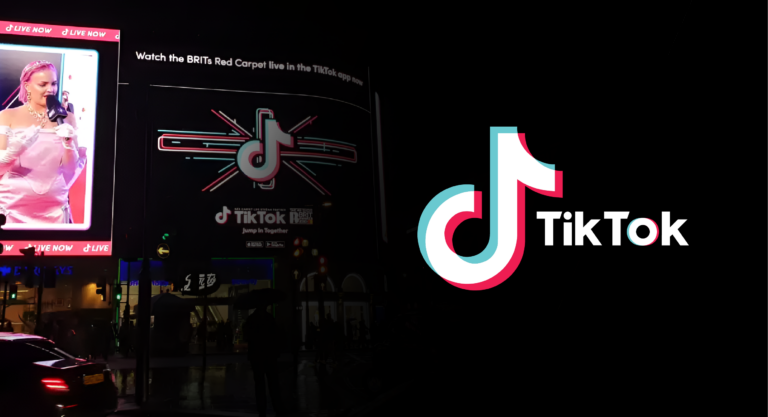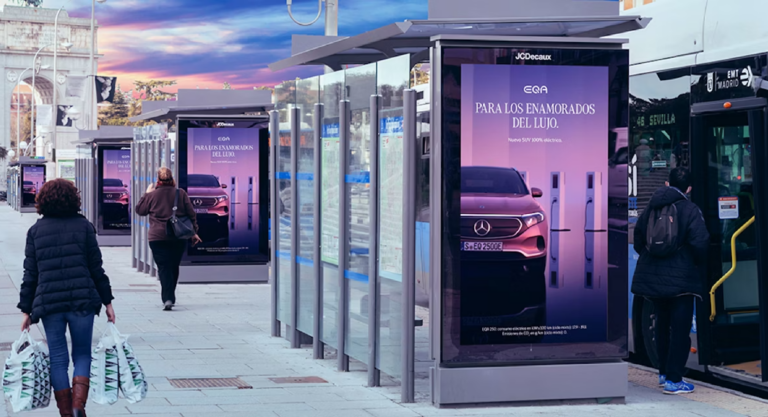You’ve probably come across videos of a giant Barbie coming out of her box in Dubai or a subway train with big eyelashes passing through a mascara stick in London. These ads aren’t real, but their presence has grown exponentially on social networks like TikTok or Instagram.
Ver esta publicación en Instagram
Fake OOH leverages CGI techniques to create realistic ads that, in fact, never existed in the real world. Its popularity lies in its ability to generate emotional connection and drive social conversation.
Does “real” matter?
The rules of the advertising industry have always revolved around trust. Research by Edelman’s Trust Barometer reveals that consumers reward companies they perceive as authentic and transparent with purchases, loyalty and promotion.
Given this, does an ad need to be real to be effective? Some believe that the audience may feel deceived by the Fake OOH. For his part, Fernando Febres, vice president of marketing at Maybelline, says: “As much as we can continue this excitement and confusion between real and not real, if it continues to be surprising, we will continue doing it… If it becomes too expected, we’ll probably switch to something else.”
So far, the numbers seem to indicate that Fake OOH has managed to be effective. Despite this, its future is still uncertain so brands should exercise caution, especially when it comes to ethical boundaries. Leslie Lee, vice president of marketing at Vistar Media, explains that OOH ads have always had to comply with careful creative review and content regulations. “Fake OOH runs the risk of causing concern if it showcases ideas that would violate those practices in the real world”, Lee said.
Would OOH be taking a back seat?
The answer is no. Fake OOH makes an impact primarily because it seeks to be real, suggesting that there is something about outdoor advertising that captivates the audience. Denise Turner, executive director of Route Research, opines for The Media Leader, “This [Maybelline ad] has stunt written all over it but if it makes people think of out-of-home, I don’t think that’s a bad thing.”
Another factor to consider is that Fake OOH is more akin to online advertising. In other words, it does not take advantage of the benefits of an outdoor ad, especially in terms of contextual relevance and the ability to generate high levels of consumer recall.
Considering this, we must understand that each medium has its strengths. In fact, Fake OOH is also a diamond in the rough for the outdoor advertising industry, especially in the face of the imminent advance of artificial intelligence.





